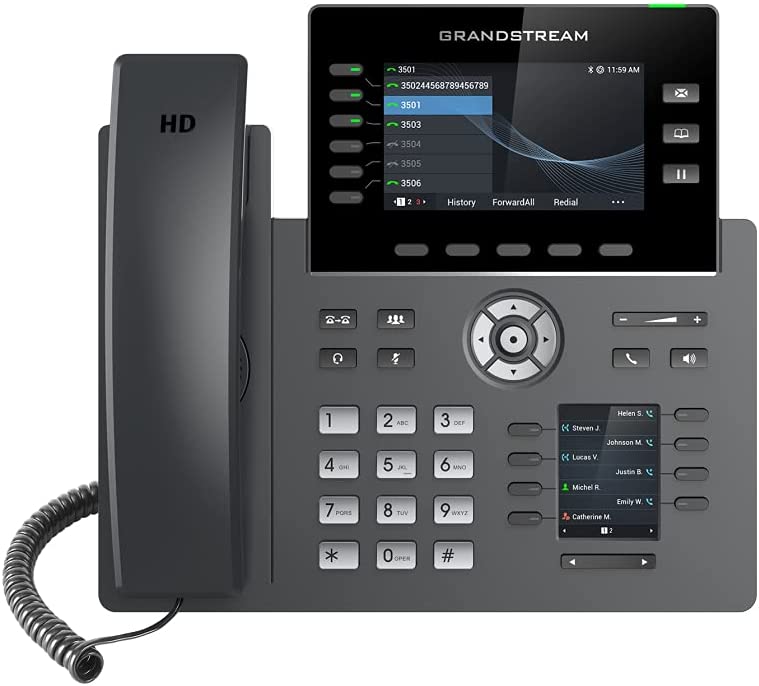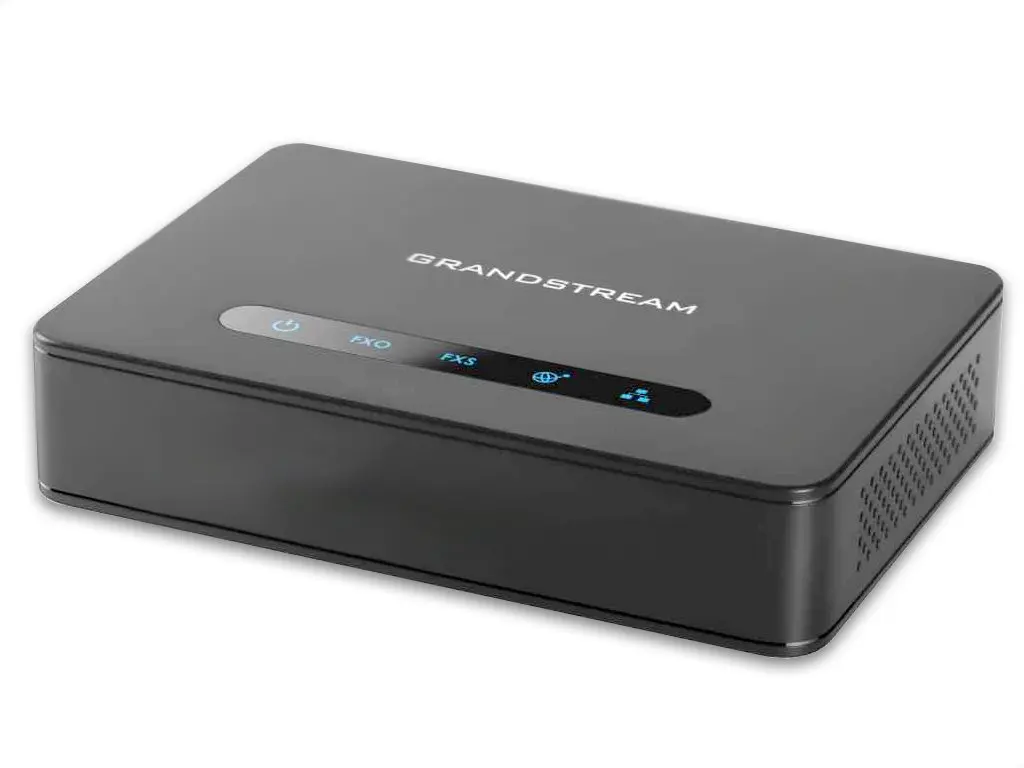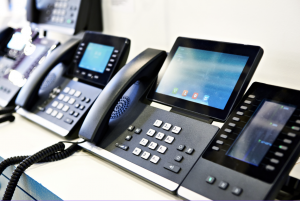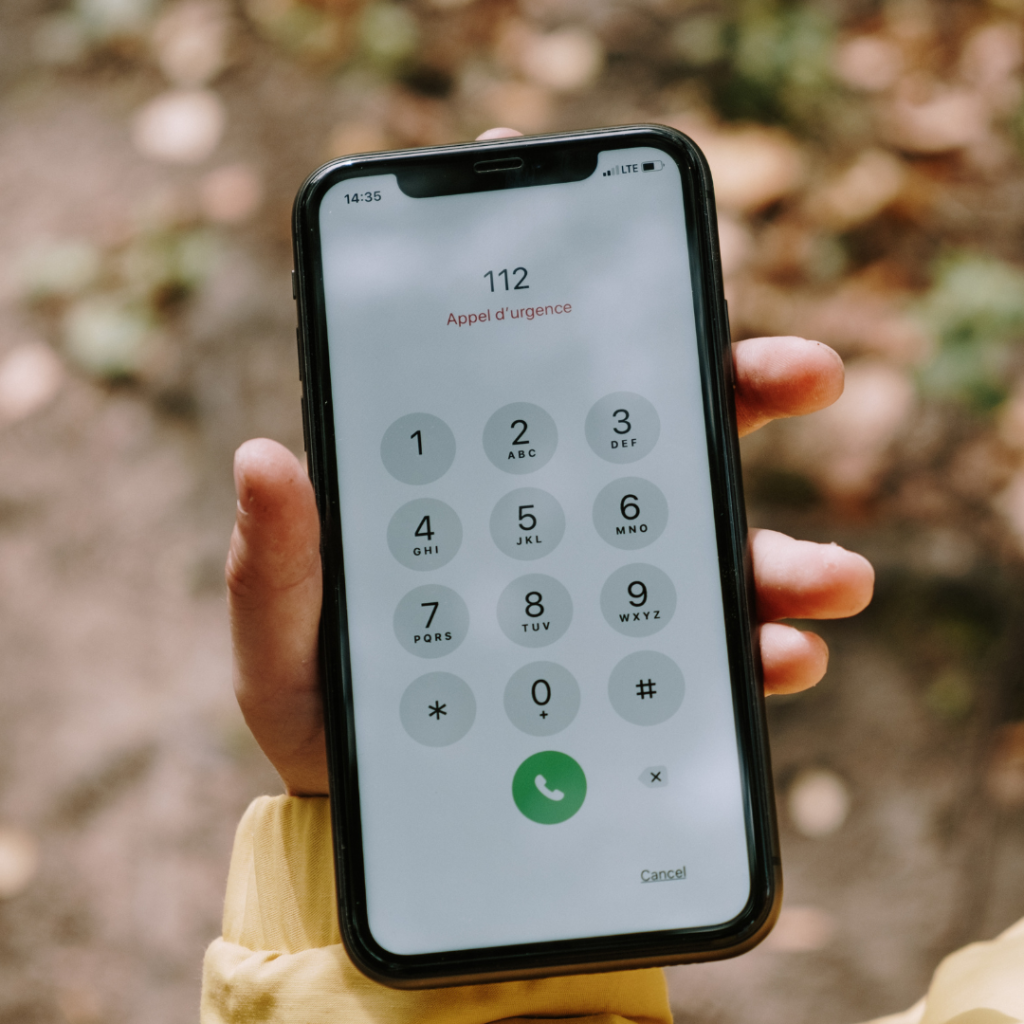What is VOIP?, Voice Over Internet Protocol is a telephony standard that replaces traditional copper phone lines with internet connected technologies.
Large commercial phone carriers use a traditional technology called POTS which stands for Plain Old Telephone Service to transmit phone calls over their networks to businesses and consumers.
As per FCC rules starting August 2022, many telephone carriers are phasing out standard analog copper phone lines and transitioning them to VOIP technology platforms.

In traditional telephone networks, voice is transmitted to the central carrier switching equipment using the PSTN. (Public Switched Telephone Network). When using VOIP, the voice call is instead transmitted over the Internet rather than using legacy copper phone lines to the callees destination.
VOIP uses network switched technology, instead of circuit switching, which lowers the cost of the overall network infrastructure, and allows for more customizable features that can be added to a business phone system.
Traditional phone service is provided over copper 48V phone lines using two pairs of copper wire. With VOIP, the phone service is provided through 3 ways:
- A small gateway device, commonly known as an ATA (Analog Telephone Adapter). The ATA (Analog Telephone Adapter) is connected to your telephone, and also your internet router for connectivity to the outside world.
- A VOIP phone, which is connected via an Ethernet cable to your business network
- A VOIP softphone, a mobile application on a cell phone which connects to the business phone system



VOIP is compatible with E-911 technology, which in the event of an emergency during a 911 call, your service location is transmitted automatically to the 911 dispatcher. You can check that this feature is working by dialing 933 from a VOIP landline telephone.
Glossary of VOIP Terms:
- Bandwidth: The amount of data that can be transmitted over a network in a given time frame, important for determining the quality of VoIP calls.
- Broadband: High-speed internet connection necessary for efficient VoIP service.
- E911 (Enhanced 911): A feature that allows VoIP services to provide emergency responders with the caller’s location information.
- Gateway: A device that converts traditional phone signals into VoIP traffic, enabling communication between traditional and VoIP networks.
- VoIP (Voice over Internet Protocol): A technology that allows voice communication and multimedia sessions over IP networks like the internet.
- SIP – ATA (Analog Telephone Adapter): A device that converts traditional analog phone signals to digital so they can be transmitted over a VoIP network.
Our service enables you to easily transition from your traditional analog POTS service provider to a digital, reliable and modern day VoIP platform. It is compatible with your existing business network, which means it does not require any additional network or phone system equipment to be installed in your telephone or server room.
VOIP System Included Features:
- IVR – Interactive Voice Response System (A menu where users can select extensions and be routed to the appropriate department / destination.
- Phone Number Portability – Move your existing phone number to our VOIP system, no need to change phone numbers
- No Annual Contract
If you are interested in more information about VOIP, contact us at sales@nickologic.com or call +1 (562) 592-1771